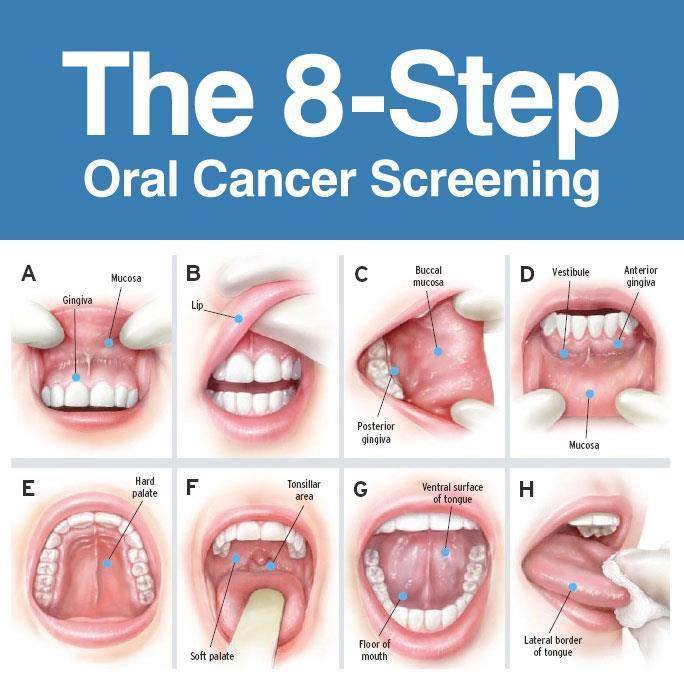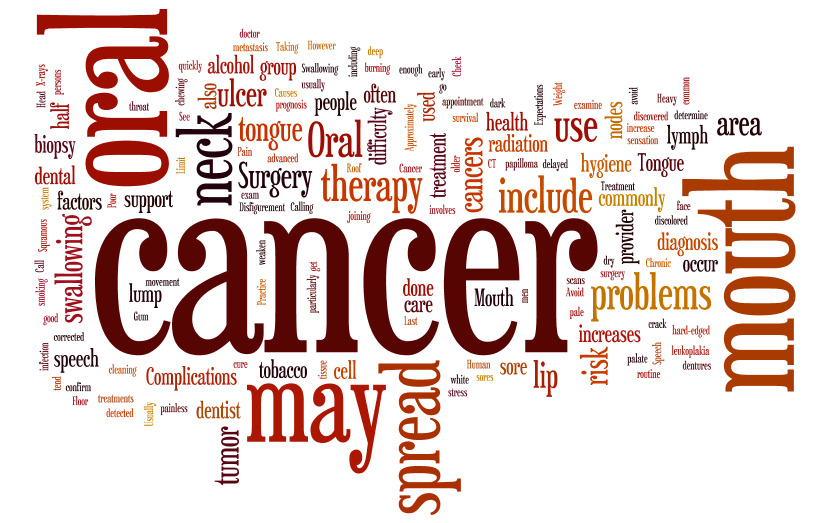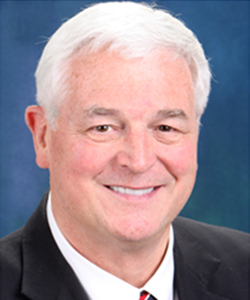Students at Roseman University’s College of Dental Medicine recently hosted the second annual Oral Cancer Awareness Run/Walk in Utah to highlight the importance of oral cancer screenings and prevention.
 There are about 43,000 new diagnoses for oral or pharyngeal cancer in the U.S. every year, and about 8,000 people will die from these diseases annually. Oral cancer five-year survival rates are only at 57 percent, which is markedly lower than survival rates for diseases like breast cancer (85 percent) or prostate cancer (close to 100 percent). Despite significant advances in cancer treatments and therapies, the five-year survival rate for oral cancer has remained the same for decades because many people do not discover the cancer until very late in the development, when it has metastasized to another area of the body (often the lymph nodes in the neck).
There are about 43,000 new diagnoses for oral or pharyngeal cancer in the U.S. every year, and about 8,000 people will die from these diseases annually. Oral cancer five-year survival rates are only at 57 percent, which is markedly lower than survival rates for diseases like breast cancer (85 percent) or prostate cancer (close to 100 percent). Despite significant advances in cancer treatments and therapies, the five-year survival rate for oral cancer has remained the same for decades because many people do not discover the cancer until very late in the development, when it has metastasized to another area of the body (often the lymph nodes in the neck).
Risk Factors for Oral Cancer
It’s important to understand the risk factors for oral cancer so you know whether you should visit a dentist for an oral cancer screening. The most common risk factors for developing oral cancers include:
- Age – individuals over 40 are at a higher risk of developing this disease.
- Smoking or using smokeless tobacco – smokeless tobacco is not a safer alternative to smoking, and both put you at risk for oral cancer.
- Excessive alcohol consumption – this risk is increased for individuals who combine heavy alcohol consumption with tobacco use.
- Frequent or prolonged exposure to sun without proper protection – this can lead to cancers in the lip area, although these are declining with the increased awareness of the dangers of ultraviolet rays.
- Previous diagnosis of oral cancer or other cancers.
In recent years doctors have seen an increase in the number of younger people diagnosed with the disease, and research has revealed it is likely due to human papilloma virus number 16 (HPV16), a disease transmitted through sexual contact. Getting oral cancer from HPV16 is particularly dangerous because it often affects the back of the mouth, such as oropharynx, tonsils, or the back of the tongue, and doesn’t produce some of the same telltale signs of disease (visible lesions, discoloration) that can lead to early diagnosis.
Getting Screened for the Disease
Part of the danger with oral cancer is that there are not a lot of really obvious signs of the disease in its early stages. The best way to lower your risk is to visit your dentist regularly for cleanings and check-ups, at the recommended six-month intervals. Dentists can often see some of the early changes in the tissues in your mouth, or even feel the tumor while it is still very small.
Some other signs of oral cancer include a white or red patch of tissue in the mouth, a canker sore that doesn’t heal after more than two weeks, or unexplained and persistent bleeding in the mouth. If you can feel an obvious lump or bump, you have difficulty swallowing, a persistent earache on one side, or hoarseness that doesn’t heal for a long time, it’s a good idea to have these things checked by your dentist. Often the dentist will order a biopsy of suspicious-looking areas to determine for sure whether it is cancer.
Treating Oral Cancer
Treatment for oral cancer may involve a mix of surgery, radiation, and chemotherapy depending on the stage at diagnosis. These methods are most effective when you can catch the cancer early.
If you have not been screened recently for oral cancer and you have some warning signs or risk factors, it’s important to see a dentist right away. The Dental Clinic at Roseman University offers an affordable option for dental care if you don’t have a dentist or don’t have dental insurance. Early diagnosis and treatment offer the best chance for survival when it comes to oral cancer.



